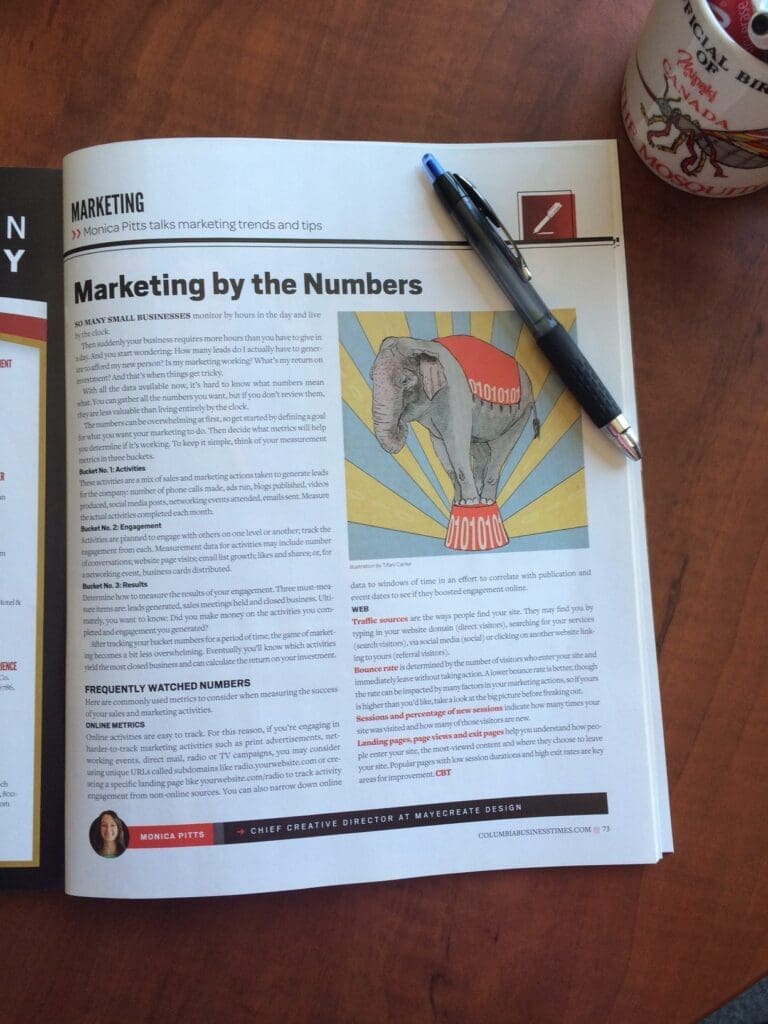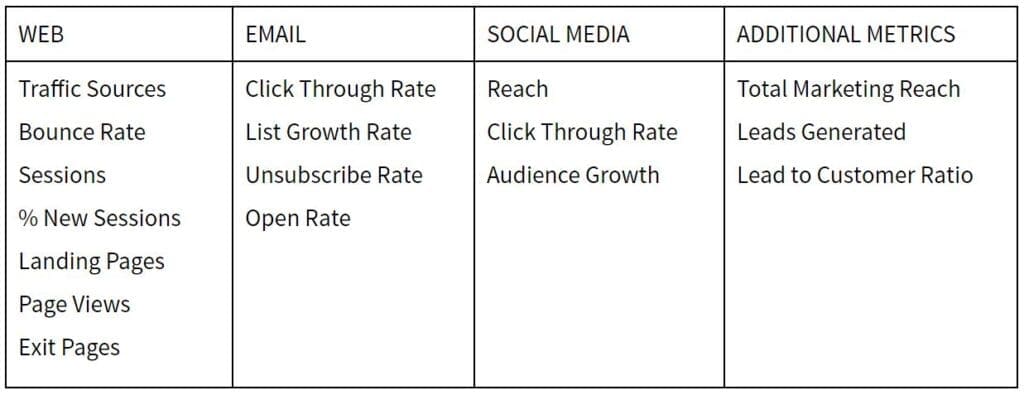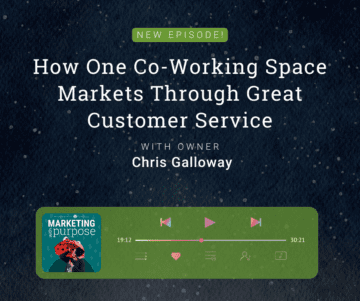Marketing by the Numbers
August 13, 2016
CONSUME CREATIVELY
This content is available in:
This content is available in:
TEXT
So many small businesses monitor by hours in the day, living by the clock. If you have a full day of work 5 days a week you’re doing great and your bank account will reward you for your labors. Then suddenly your business requires more hours than you have to give in a day. And you start wondering – when do I know when I need to hire a new person? How many leads do I actually have to generate to afford my new person? Is my marketing working? What’s my return on investment? And that’s when things get tricky.
With all the data available now it’s hard to know what numbers mean what. What to pay attention to and what to ignore. Ultimately you can gather all the numbers you want but if you don’t review them they are actually less valuable than living entirely by the clock.
The numbers can be overwhelming at first so get started by defining a goal for what you want your marketing to do. Then determine what metrics will help you determine if it’s working. To keep it simple think of your measurement metrics in three buckets.

Written by MayeCreate’s founder Monica Pitts and originally published in Columbia Business Times magazine. Check out the Columbia Business Times for interesting profiles, news, updates on developments and important local issues.
Bucket One: Activities
These activities are a mix of sales and marketing actions taken to generate leads for the company. Number of phone calls made, ads run, blogs published, videos produced, social media posts, networking events attended, emails sent. Measure the actual activities completed each month.
Marketing statistics can help you plan activity and potential outcomes from investing in each activity. When planning Services for Independent Living social media posts, Heather Stewart, Director of Marketing & Strategic Initiatives, uses demographic data to phrase messaging to best reach her audience, “I look at the gender and age of the people that follow us on FB and Twitter. Both platforms have very different demographics,” explained Heather.
Bucket Two: Engagement
Activities are planned to engage with others on one level or another, track the engagement from each.
Measurement data for activities may include number of conversations, website page visits, email list growth, social media likes and shares, or for a networking event business cards distributed.
Jule King, Festival Director of Roots N Blues N BBQ, said they track about everything in their marketing mix, “It’s pretty easy track all of the online things, which helps. We do retargeting ads, eBlasts, Facebook ads… all of which we obsessively track!”
Julie monitors Facebook activity closely to measure results for individual posts and ads. “Lately, at least for us, it seems to be all about Facebook post/ad reach and clicks through to our website. It’s a good way to target groups very specifically. But Facebook’s ad guidelines and reach have been changing, so we need to make sure we’re checking and adjusting and making the right kinds of posts all the time.”
Todd M. Moritz, Director of New Business Development, for Argus Radiology uses email marketing to generate leads. “In our industry, there are more potential clients that I can possibly have direct communications. Email marketing has been an effective tool to expand our reach. I pay particular attention to ‘open-rates’ and ‘click-through rates’ to ensure the piece is effective within the standards and limitations email marketing,”said Todd.
Bucket Three: Results
Determine how to measure the results of your engagement. Three must measure items are: leads generated, sales meetings held and closed business. Ultimately you want to know, did you make money on the activities you completed and engagement you generated?
Kari Hopkins, Development Director for Coyote Hill Christian Children’s Home watches email open rates, and click-throughs, testing with alternate subject lines to improve results. “For example when we built the Atherton Home the first email subject was “Stock the Atherton Home.” Not a ton of success with that, in fact almost none,” explained Kari. “But when the same email was resent with the subject “Coyote Hill Needs Items For Its New Home” the response skyrocketed! We got key churches and individuals involved who ultimately ended purchasing everything we needed.”
After tracking your bucket numbers for a period of time the game of marketing becomes a bit less overwhelming. Eventually you’ll know which activities yield the most closed business and calculate the return on your investment or ROI.
Frequently Watched Numbers
Here are commonly used metrics to consider when measuring the success of your sales and marketing activities. For definitions and examples of how to use these metrics visit:

Online Metrics
Online activities are easily trackable. For the reason if you’re engaging in less trackable marketing activities like print advertisements, networking events, direct mail, radio or television campaigns you may consider using unique URL’s called subdomains like blog.mayecreate.com or a creating a specific landing page like https://mayecreate.com/blog/ to track activity engagement from non-online sources. You can also narrow down online data to windows of time in an effort to correlate with publication and event dates to see if they boosted engagement online.
Web
Traffic sources are the ways people find your site. They may find you by typing in your website domain (direct visitors), searching for your services (search visitors), via social media (social) or clicking on another website linking to yours (referral visitors).
Bounce rate is determined by the number of visitors who enter your site and immediately leave without taking action. A lower bounce rate is better, though the rate can be impacted by many factors in your marketing actions, so if yours is higher than you’d like take a look at the big picture before freaking out.
Sessions and % New Sessions indicate how many times your site was visited and how many of those visitors are new.
Landing Pages, Page Views and Exit Pages help you understand how people enter your site, the most viewed content and where they choose to leave your site from. Popular pages with low session durations and high exit rates are key areas for improvement.
Who Manifested This Madness?

This fabulous human, that's who.
Monica Maye Pitts
Monica is the creative force and founder of MayeCreate. She has a Bachelor of Science in Agriculture with an emphasis in Economics, Education and Plant Science from the University of Missouri. Monica possesses a rare combination of design savvy and technological know-how. Her clients know this quite well. Her passion for making friends and helping businesses grow gives her the skills she needs to make sure that each client, or friend, gets the attention and service he or she deserves.







